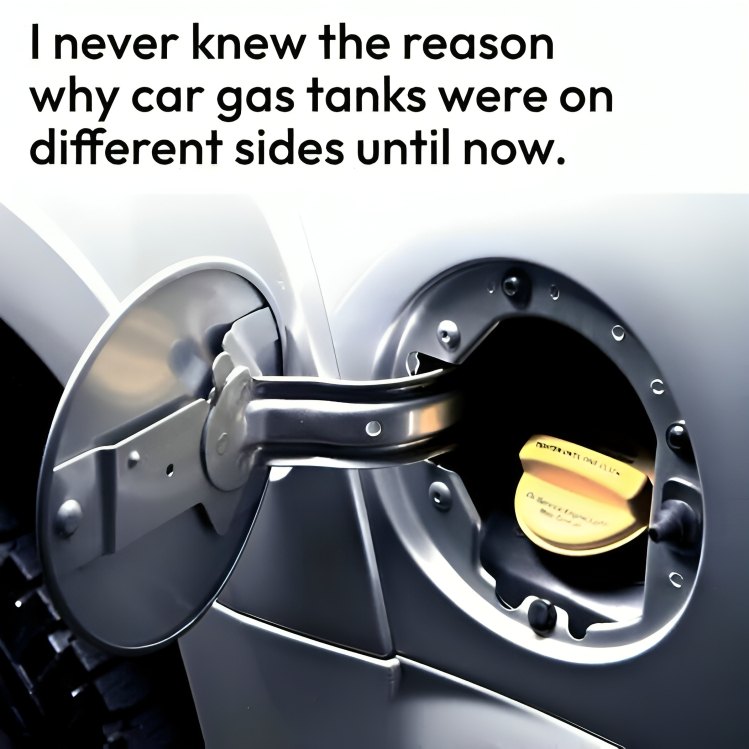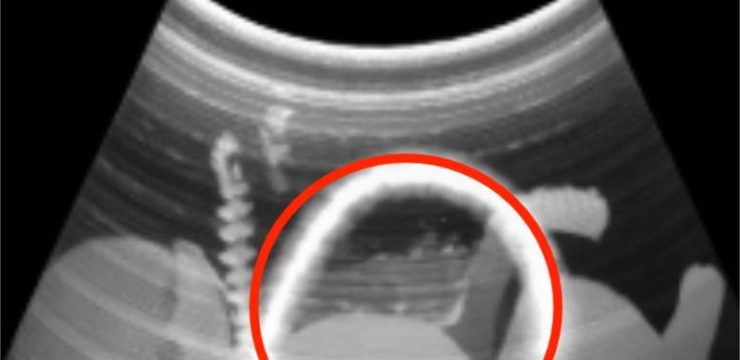Ever pulled up to a gas station, only to realize your car’s fuel tank is on the other side? You’re not alone. It’s a common situation for anyone who’s rented a car, bought a new vehicle, or simply forgotten which side the gas tank is on. While it might seem like a random or even frustrating design flaw, the truth is that there’s a lot more going on behind the scenes when it comes to where a car’s fuel door is located.

It’s All About Engineering
The most significant reason for fuel doors being placed on different sides comes down to vehicle engineering. According to Steve Yaeger from Nissan, the placement is primarily dictated by how the fuel system fits within the structure of the car. Designers have to work around numerous underbody components, and finding space to route the filler tube to one side may be easier than the other. It’s not just about flipping a design—once the fuel tank location is set, moving it requires major changes to the car’s framework.
Ford spokesperson Mark Schirmer supports this idea, noting that packaging—the process of fitting all the vehicle’s systems into a limited space—is key. While some people may wonder why manufacturers don’t just place fuel doors on both sides, the reality is that space constraints and production costs make this idea impractical.
Preferences Vary by Country
In the United States, most vehicles have gas tanks on the left side—the driver’s side. This isn’t a coincidence. Market research conducted by Ford in the 1980s showed American drivers preferred being able to refuel from the same side they get in and out of the car. That way, you can pull up to the pump without having to walk around the car.
But in countries like the UK and Japan, where people drive on the left side of the road, it’s more common for the gas tank to be on the right. This allows for similar convenience and safety in their driving environments.
Interestingly, when U.S. automakers discovered that placing the fuel door on the driver’s side sometimes led to car doors swinging open into cement pump barriers, they didn’t move the fuel door—they just made the doors stronger to handle those dings and dents.
Safety Concerns and Historical Beliefs
There was once a belief among some manufacturers that placing the gas tank on the passenger side was safer. The reasoning? If a car is T-boned on the driver’s side, the tank is less likely to be punctured if it’s on the opposite side. But later studies, including some done by Ford, showed there wasn’t a significant difference in accident risks based on gas tank placement.
In Germany, for example, autobahns often lack shoulders on the left side of the road. That makes refueling from the right side of the car safer, since it keeps the driver farther from high-speed traffic. So regional road design and driving behavior also influence where fuel doors go.
Gas Station Efficiency: An Unexpected Benefit
Beyond engineering and safety, there’s a surprising economic reason for varying gas tank placement. Economist Robert Frank has suggested that having a mix of fuel door locations actually reduces congestion at gas stations. If every car had the fuel door on the same side, you’d end up with long lines on one side of the pumps and empty spots on the other. A blend of left and right-side gas tanks helps distribute traffic more evenly and keeps things moving during peak hours.
A Look Back at History
During the 1970s, Ford and other automakers often placed gas tanks on the passenger side, mainly due to earlier safety beliefs and easier access when pulling off the road. Over time, however, changing consumer preferences and evolving design trends led to more variety in placement.
Today, there’s no universal standard across the industry. Even two models from the same manufacturer might have fuel doors on opposite sides, depending on the size of the vehicle, the shape of the frame, and how the other components are laid out.
Design Finalization: No Room for Last-Minute Changes
Bharat Balasubramanian, a former executive with Mercedes-Benz, emphasized that the decision on fuel door placement is made early in the car’s design process. Once it’s locked in, moving it isn’t just a matter of convenience—it could affect the vehicle’s entire structure, fuel system safety, and how parts are packed into the chassis.
A Quick Tip to Save Time at the Pump
If you’re ever unsure which side your gas tank is on, just check your dashboard. Most cars have a small arrow next to the fuel gauge. It points to the side where your fuel door is located. This simple design feature has saved countless drivers from the awkward dance of reversing and repositioning at the pump.
Final Thoughts: A Design Quirk That Actually Works
While it might seem like an odd oversight, the fact that gas tanks are on different sides of cars is actually the result of thoughtful design, regional preferences, and logistical necessity. From safety and structural constraints to global driving patterns and even gas station efficiency, there are plenty of reasons why your car’s fuel door is where it is.
So the next time you circle the pump or pull up on the “wrong” side, just remember—it’s not a flaw, it’s part of a system that balances engineering, convenience, and function across the globe.





